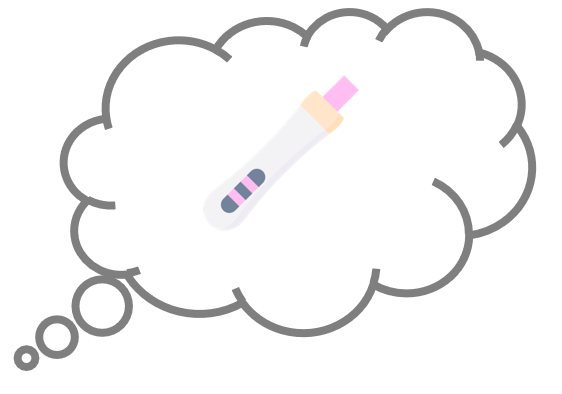
Using the Health Belief Model to Understand TTC Decisions During COVID-19
Funded by USC Center for the Changing Family
(Naya, PI)
The Coronavirus Disease (COVID-19) pandemic has caused widespread stress around health, finances, and social relationships. This may be especially pertinent for those who are currently trying to conceive (TTC). For many, TTC can involve complicated decision-making and associated challenges that require consideration of one’s health, finances, parental leave benefits,access to health care and childcare, and social support system. Given the pandemic’s economic impact, lack of health care resources, and social distancing mandates, individuals TTC may be more inclined to alter their TTC decisions and timeline. However, these choices could be affected by various factors, such as one’s socioeconomic status (SES), gender, mental and physical health, family structure, and access to resources. This study aims to apply the Health Belief Model to understand the disparities around how the COVID-19 pandemic is affecting TTC choices. Study findings will elucidate disparities in reproductive choices and the long-term impact of the COVID-19 pandemic on birth rates.
The proposed study will recruit 400 individuals who were recently or currently TTC. Inclusion criteria include: 1) live in the United States & 2) 18 years or older & 3) biological sex at birth is female & 4) currently not pregnant & 5) trying to conceive in the past year OR currently trying to conceive. Trying to conceive is defined as emotionally, mentally, financially, socially, physically preparing for your childbirth.
Primary recruitment will occur via online communities on marriage, relationships, and TTC that are popular sources of information and support for family building. Data collection will include an initial 15-minute Qualtrics© questionnaire and a 6-12 month follow-up questionnaire. At each time point, all participants will be entered into a drawing for a $40 electronic VISA gift cards. Recruitment and baseline data collection will begin early May 2020 and continue until September 2020 or until target sample size is reached.